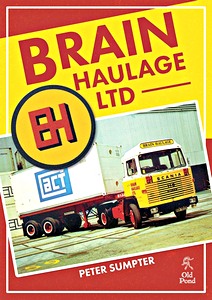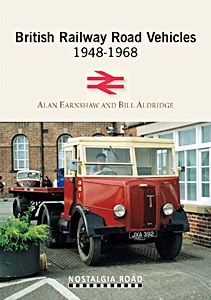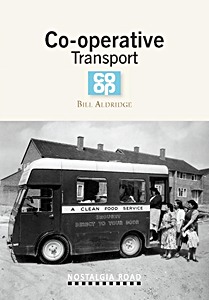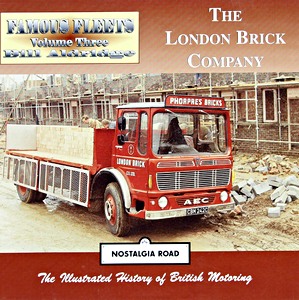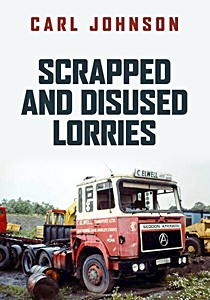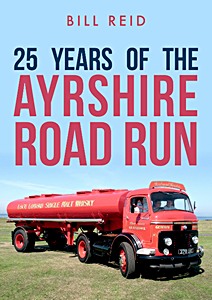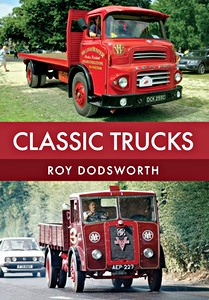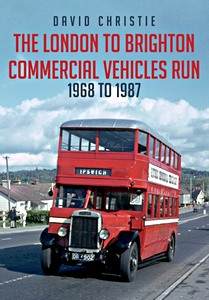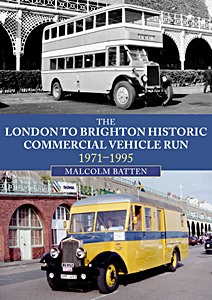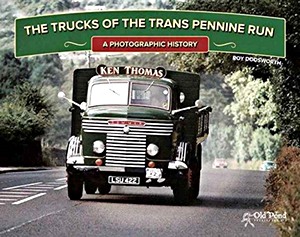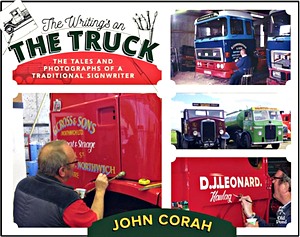Great Western Railway Road Vehicles (2) (Nostalgia Road)
On the GWR, standardisation was seen as the key to success, and all departments of the company were subjected to the policy in a drive to return the railways to overall profitability. Nowhere was this policy more keenly seen than in the Road Motor Department, with its head office at Paddington and workshops in Slough.
By the early-1920s, the GWR had foreseen that the railways were facing a terrible threat from the private road-hauliers, so they snapped into action to try and beat the interlopers at their own game. In his second book on the subject, Alan Earnshaw continues the pictorial examination of the fleet with hitherto unpublished pictures supplemented by a fleet list of the vehicles concerned.
Detalle del libro
| Autor: | Alan Earnshaw |
|---|---|
| Presentación: | 52 páginas, 14.5 x 20.5 x 0.6 cm, tapa blanda |
| Ilustración: | 90 fotos en b/n y 11 a color |
| Editorial: | Crecy Publishing (GB, 2007) |
| Colección: | Nostalgia Road |
| ISBN: | 9781903016664 |
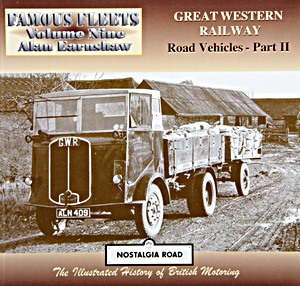
Great Western Railway Road Vehicles (2)
Idioma: Inglés
Disponible en Amazon - pago segura y entrega rápido
Comprar en Amazon ESComprar en Amazon.com

